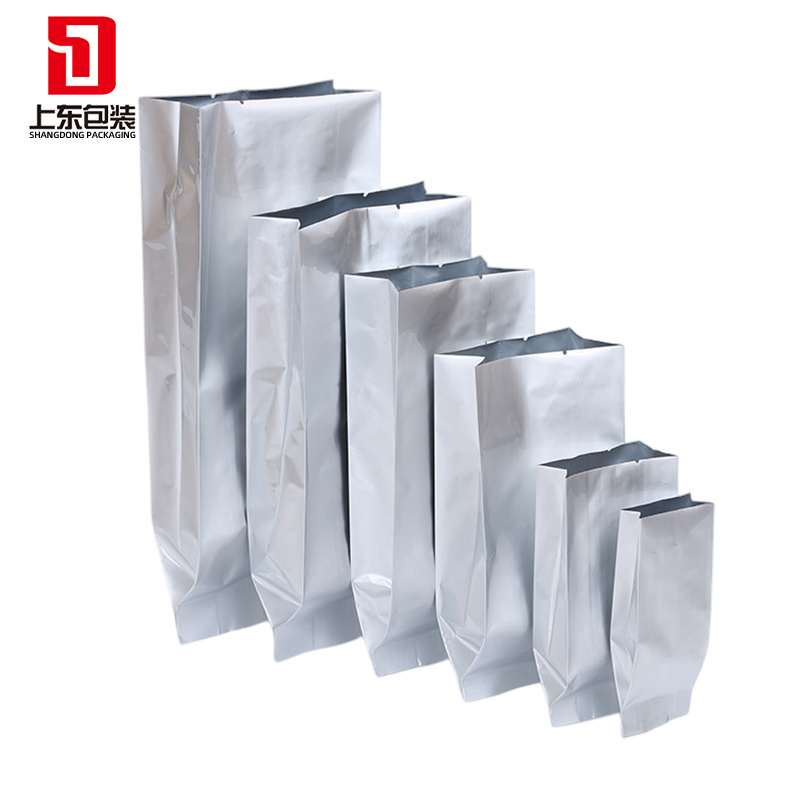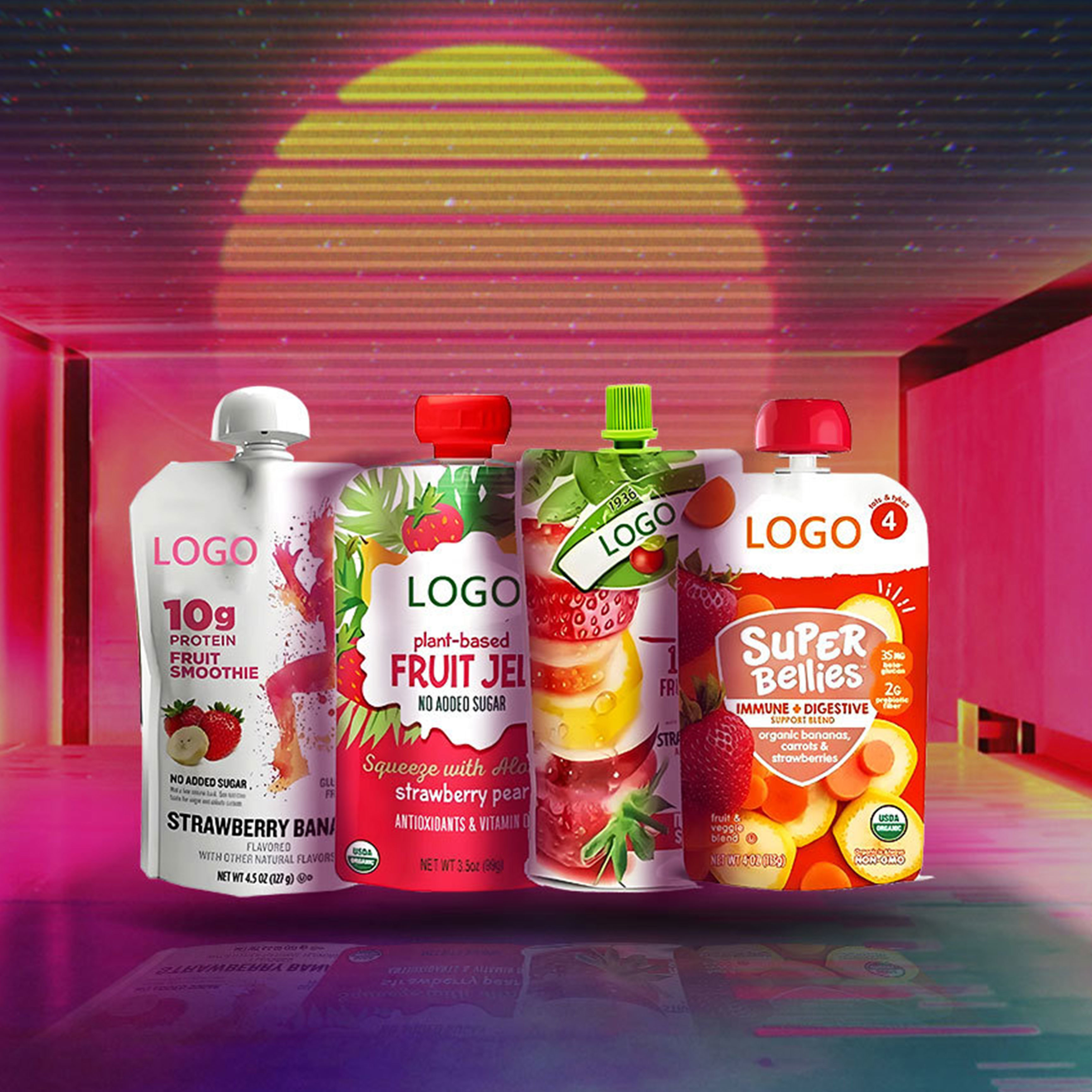The Art of Pet Food Packaging Design: Combining Functionality and Creativity
Discover the importance of pet food packaging design in the service industry, specifically focusing on the intricacies of packaging design for pet food. Learn how designers create functional and visua
As a customer service representative in the field of packaging design services, it is crucial to understand the significance of pet food packaging design. Pet owners not only seek nutritious and safe products for their beloved companions but also rely on appealing packaging that catches their attention. In this article, we will delve into the world of pet food packaging design and explore the key aspects that make it successful.
1. Understanding the Target Market:
When it comes to pet food packaging, designers must consider the specific target market. Different pet owners have varying preferences and expectations. Some might be drawn to vibrant colors and playful designs, while others prefer a more sophisticated and minimalistic approach. By understanding the target market, designers can create packaging that appeals to the intended audience.
2. Balancing Functionality and Creativity:
Pet food packaging serves a dual purpose - it needs to protect the product while also attracting consumers. Designers must ensure that the packaging is sturdy enough to preserve the food's freshness, prevent leakage, and withstand transportation. At the same time, they need to infuse creativity to make the packaging stand out on store shelves, using eye-catching graphics, typography, and imagery.
3. Incorporating Brand Identity:
Although we cannot mention specific brands, it is essential for pet food packaging to reflect the brand's identity. Whether it is through the selection of colors, logo placement, or typography, the packaging should align with the brand's values and image. Consistency in branding helps customers recognize a product easily and builds brand loyalty.
4. Conveying Product Information:
Pet owners are increasingly concerned about the ingredients and nutritional value of the food they provide their pets. Packaging design should prioritize clear and concise communication of essential product information. This includes highlighting key ingredients, nutritional benefits, and any specific features that differentiate the product from others in the market.
5. Sustainability and Eco-Friendliness:
With the growing emphasis on environmental responsibility, pet food packaging designers are exploring sustainable materials and eco-friendly practices. This includes using recyclable or biodegradable packaging materials, reducing waste, and incorporating eco-friendly printing techniques. Consumers appreciate brands that prioritize sustainability, making it an essential consideration for designers.
In conclusion, pet food packaging design plays a crucial role in the service industry, specifically within the domain of packaging design services. Designers need to strike a balance between functionality and creativity, while also considering the target market and incorporating brand identity. By conveying product information effectively and embracing sustainability, designers can create visually appealing packaging that attracts customers and enhances brand value.
1. Understanding the Target Market:
When it comes to pet food packaging, designers must consider the specific target market. Different pet owners have varying preferences and expectations. Some might be drawn to vibrant colors and playful designs, while others prefer a more sophisticated and minimalistic approach. By understanding the target market, designers can create packaging that appeals to the intended audience.
2. Balancing Functionality and Creativity:
Pet food packaging serves a dual purpose - it needs to protect the product while also attracting consumers. Designers must ensure that the packaging is sturdy enough to preserve the food's freshness, prevent leakage, and withstand transportation. At the same time, they need to infuse creativity to make the packaging stand out on store shelves, using eye-catching graphics, typography, and imagery.
3. Incorporating Brand Identity:
Although we cannot mention specific brands, it is essential for pet food packaging to reflect the brand's identity. Whether it is through the selection of colors, logo placement, or typography, the packaging should align with the brand's values and image. Consistency in branding helps customers recognize a product easily and builds brand loyalty.
4. Conveying Product Information:
Pet owners are increasingly concerned about the ingredients and nutritional value of the food they provide their pets. Packaging design should prioritize clear and concise communication of essential product information. This includes highlighting key ingredients, nutritional benefits, and any specific features that differentiate the product from others in the market.
5. Sustainability and Eco-Friendliness:
With the growing emphasis on environmental responsibility, pet food packaging designers are exploring sustainable materials and eco-friendly practices. This includes using recyclable or biodegradable packaging materials, reducing waste, and incorporating eco-friendly printing techniques. Consumers appreciate brands that prioritize sustainability, making it an essential consideration for designers.
In conclusion, pet food packaging design plays a crucial role in the service industry, specifically within the domain of packaging design services. Designers need to strike a balance between functionality and creativity, while also considering the target market and incorporating brand identity. By conveying product information effectively and embracing sustainability, designers can create visually appealing packaging that attracts customers and enhances brand value.
Tag:
Recommend News
Understanding China’s Retort Pouch: A Game Changer in Packaging Innovation
The retort pouch is an innovative packaging solution that has gained significant traction in various industries, particularly in the food sector. Originating in response to the need for safe, convenient, and shelf-stable food packaging, the retort pouch offers an effective alternative to traditional canning methods. In recent years, China has emerged as a key player in the production and developme
Exploring the Versatility of VMPET Pouches in Modern Packaging
Exploring the Versatility of VMPET Pouches in Modern Packaging
Table of Contents
1. Introduction to VMPET Pouches
2. What is VMPET?
3. Key Benefits of VMPET Pouches
4. Applications of VMPET Pouches in Various Industries
4.1 Food Industry Applications
4.2 Pharmaceuticals and Medical Supplies
4.3 Cosmetic Products
4.4 E-commerce and Retail
Plastic packaging: safety as the primary development principle
Although biodegradable biomaterials cannot completely replace petroleum based plastics, their application rate is increasing year by year with the encouragement of national policies and the promotion of enterprises; As packaging materials, especially food packaging materials, safety is the most basic principle that should be followed.












